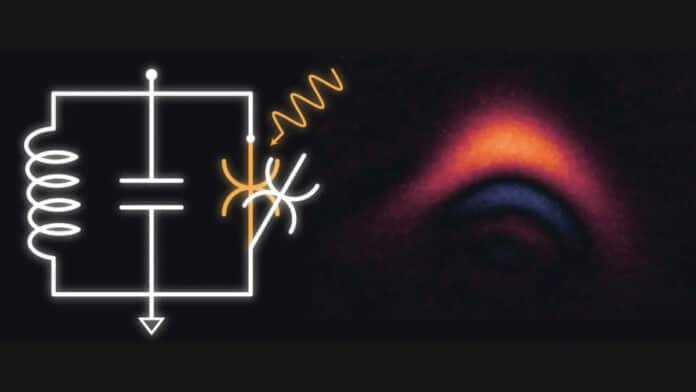
By Ashwini Sakharkar 20 Jun, 2024
Collected at: https://www.techexplorist.com/quantum-system-allows-efficient-error-correction-longer-computation-times/85376/
The field of quantum computing is advancing with significant breakthroughs. In order to understand the impact of quantum computers on society, quantum researchers must first overcome some major hurdles.
Until now, errors and noise from things like electromagnetic interference and magnetic fluctuations have caused sensitive qubits to lose their quantum state and subsequently lose their ability to continue computing. So, quantum computers have only had a limited amount of time to deal with this problem.
Furthermore, in order for quantum computers to tackle complex problems, quantum researchers must find ways to control quantum states. Like a car without a steering wheel, quantum states may be considered somewhat useless without an efficient control system to manipulate them.
Quantum systems that enable efficient error correction and longer computation times lack the ability to control quantum states and vice versa. But now, a research team at Chalmers University of Technology has created a unique system that combats this dilemma, thus paving the way for longer computation times and more robust quantum computers.
“We have created a system that enables extremely complex operations on a multi-state quantum system at an unprecedented speed,” says Simone Gasparinetti, senior author of the study.
While “bits,” the building blocks of classical computers, have the value 1 or 0, “qubits,” the building blocks of most quantum computers, can have values of 1 and 0 simultaneously and in a single combination. This phenomenon, known as superposition, is one of the key elements that enable quantum computers to perform calculations simultaneously, thus providing enormous processing power.
However, qubits encoded in the physical system are incredibly prone to errors, prompting researchers in the field to find ways to identify and fix this problem. The system developed by researchers at Chalmers University of Technology is based on the so-called quantum computing continuum and uses resonators and microscopic components to linearly encode information.
The oscillator used in this work consists of thin strips of superconducting structure on an insulating substrate to become a microwave resonator, a technology fully compatible with state-of-the-art superconducting quantum computers. This approach was previously known in the field and stems from two quantum principles because it provides more of the physical quantum state and makes quantum computers robust to errors and noise.
“Think of a qubit as a blue lamp that, quantum mechanically, can be switched on and off simultaneously. In contrast, a continuous variable quantum system is like an infinite rainbow, offering a seamless gradient of colors. This illustrates its ability to access a vast number of states, providing far richer possibilities than the qubit’s two states,” says Axel Eriksson, researcher in quantum technology at Chalmers University of Technology and lead author of the study.
Although oscillator-based continuously variable quantum computing can increase the error rate, it does not allow for inherently complex operations. Attempts have been made to combine resonators with control systems such as quantum mechanics but have been hampered by the so-called Kerr effect. The Kerr effect also eliminates the desired effect by interfering with most of the quantum states provided by the oscillator.
By placing control devices inside the oscillator, Chalmers researchers were able to bypass the Kerr effect and solve the equilibrium. The solution obtained from this process provides precise control of the quantum state at high speed while preserving the good results of the resonators, such as the realization of the illicit operation. The system, described in a paper published in Nature Communications, could pave the way for more quantum computers.
“Our community has often tried to keep superconducting elements away from quantum oscillators, not to scramble the fragile quantum states. In this work, we have challenged this paradigm. By embedding a controlling device at the heart of the oscillator, we were able to avoid scrambling the many quantum states while at the same time being able to control and manipulate them. As a result, we demonstrated a novel set of gate operations performed at very high speed,” says Simone Gasparinetti.
Journal reference:
- Axel M. Eriksson, Théo Sépulcre, Mikael Kervinen, Timo Hillmann, Marina Kudra, Simon Dupouy, Yong Lu, Maryam Khanahmadi, Jiaying Yang, Claudia Castillo-Moreno, Per Delsing & Simone Gasparinetti. Universal control of a bosonic mode via drive-activated native cubic interactions. Nature Communications, 2024; DOI: 10.1038/s41467-024-46507-1

Leave a Reply